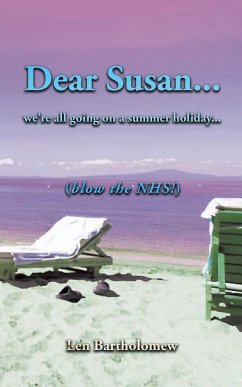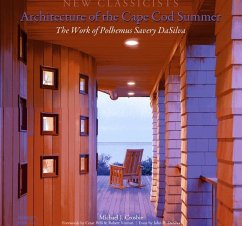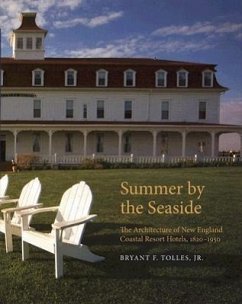
Dear Susan... We're all going on a summer holiday... (Blow the NHS!)
Versandkostenfrei!
Versandfertig in 1-2 Wochen
22,99 €
inkl. MwSt.

PAYBACK Punkte
11 °P sammeln!
This sequel is a personal attempt to develop further a blue-print for new dedicated smaller NHS hospitals, using illustrations to show how these might look. The buildings and facilities within which patients are treated and staff have to work are so important to the well being and successful outcomes but are too often ignored. This paperback encloses a kind of review (a complaint really) about what happened following publication of the first "Dear Susan..." and what did not happen. It shows how its target audience, including some people in a position of power, are simply able to ignore a possi...
This sequel is a personal attempt to develop further a blue-print for new dedicated smaller NHS hospitals, using illustrations to show how these might look. The buildings and facilities within which patients are treated and staff have to work are so important to the well being and successful outcomes but are too often ignored. This paperback encloses a kind of review (a complaint really) about what happened following publication of the first "Dear Susan..." and what did not happen. It shows how its target audience, including some people in a position of power, are simply able to ignore a possible blue-print for the NHS when there is a scarcity of blue-prints. In taking a second chance at making the case for smaller hospitals, plans are used to show how the NHS might be provided with a rapidly built new generation of trauma and elective care centres. These should sidestep what has gone on before and is going on now to inappropriately transform larger, failing, older hospitals which are in the wrong place or to provide new large hospitals that are not fit for purpose post-Covid. The author is hoping that there is some-one out there savvy enough to want to try to build a brighter and better future and renew confidence in our really hard done by NHS.












